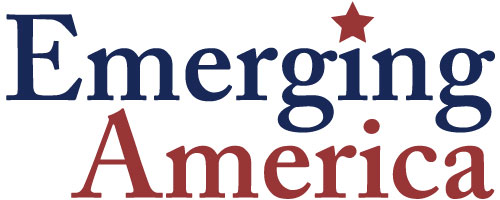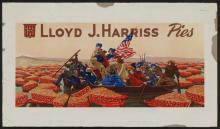Pi Day has become a celebration of growing festivity in many American educational settings. March 14, as expressed 3.14 in ‘month.day’ notation, is an opportunity to talk about π*, to have a celebration that connects to science and geometry, and to brighten the muddy days of March with the pleasures of pie.
What Do Trains Do? Exploring Local History through Maps
Using familiar imagery of trains, young students can begin to make foundational connections to geography and history using primary sources. Kindergarten students will make a first exploration of local history through early railroad maps from the Library of Congress. This lesson addresses Kindergarten Common Core State Standards and several Massachusetts Social Studies standards and skills. centered around maps. The culminating activity has students create and modify their own town maps to include symbols, cardinal directions, labels, a key, etc.

